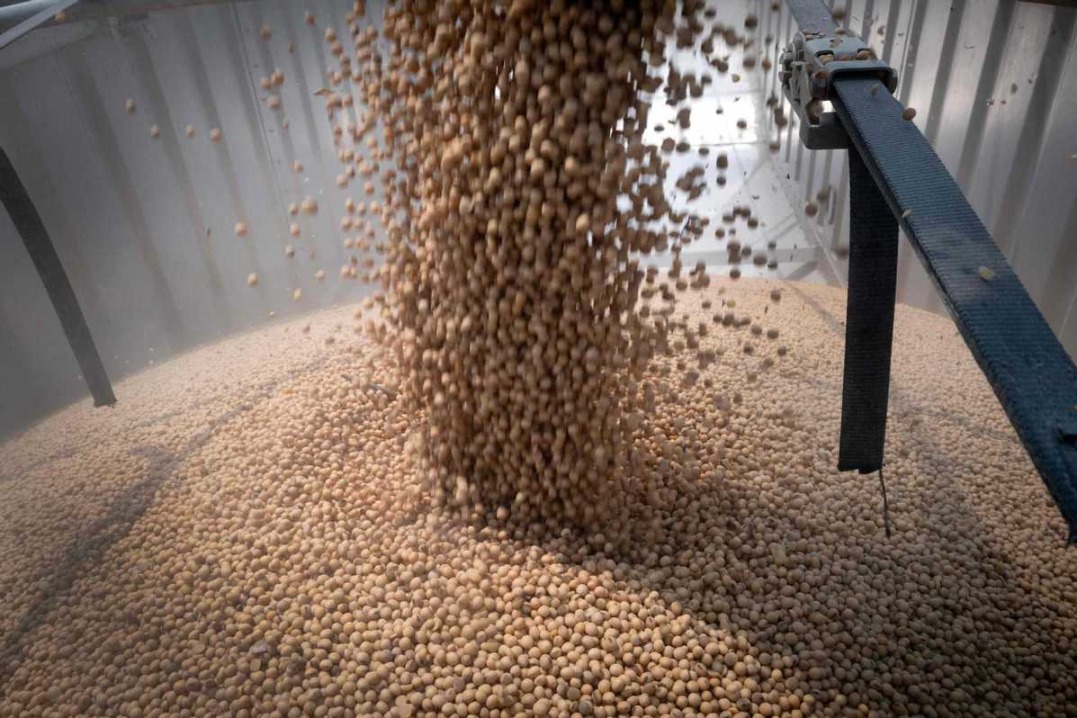Lab-grown meats show promise but scientific challenges remain

Lab-grown meats are slowly integrating into Asian cuisine, offering an innovative and ethical spin on traditional dishes enjoyed around the world.
Earlier this year, scientists managed to fuse beef stem cells to rice, creating a healthier nutritional profile for the international food staple. Other developments, such as 'no kill dim sum', are also being introduced to the market, in the form of the famous Chinese soup dumplings xiao long bao, which contain pork created in a vat of bioreactors.
These food products are the result of years of scientific research. Sustainable foods without a large carbon footprint have traditionally been the realm of plant-based meat substitutes. However, sales of these products have been steadily in decline, and, instead, the prospect of meat grown in a laboratory has been starting to show potential in real-world applications.
The newly-produced beef rice is pink-tinged, and contains cow fat cells. The experimental food is produced by taking rice grains and covering them in fish gelatin, which acts as the exoskeletal framework for the cow cells. The cow fat cells are grown in a laboratory and placed inside the gelatin framework, then the grains are cultured for up to 11 days.
The increased nutritional profile is something that could be helpful in providing aid to areas of the world where people struggle to meet the recommended daily calorific intake.
Containing 8 percent more protein and 7 percent more fat, the new hybrid rice-meat also produces nearly 10 times less carbon dioxide than the same produced weight in beef. Applications in military rations and as astronaut food are also being explored.
Producing standalone lab-grown meat dishes without fusing them to pre-existing foods is more challenging. Scaling up individual cells remains a technical challenge, however fusing cell-cultivated chicken and pork pieces in a process known as blending is showing promise. Pig fat stem cells, grown inside bioreactors, are fused to other meats or vegan-based proteins, to produce a more meat-tasting alternative to soy or pea proteins. The plan is to produce these fatty pork lab-grown meats into dishes such as xiao long bao, the broth mixing with the fatty pork to create a taste identical to the traditional experience.
Lab-grown meats offer the chance to create healthier, greener, and more ethical solutions to the current meat food market. Unrestricted by the biological limitations of current domesticated animals, the chance to be creative and alter the building blocks of meat is enticing to both the food industry and consumers.
The world's current antibiotic resistance crisis is also being fueled by industrial farming, with domestic animals being pumped full of medication that can create a breeding ground for super-resistant pathogens. By continuing this trend, the risk of a major future drug-resistant pandemic grows ever greater.
There are, however, many challenges that remain in developing such products. Maintaining stable cell division when growing the meat has proven difficult. When growing stem cells, they reproduce rapidly, meaning that there is a high chance of mutation leading to inconsistencies in growth. This can lead to extremely unpredictable results.
The types of bioreactors used for growing lab-grown meats currently come from the same ones used in the pharmaceutical industry. These are easily scalable and based on existing technology, however they rely on stirring, which can disrupt the cells being cultivated in the vat. New types of bioreactors are in development that may be specifically better suited to growing meat.
Growth media is also currently extremely expensive, and cells require a constant supply of glucose, vitamins, and amino acids to survive. It is hoped that, in future, costs will reduce as techniques advance and competition drives up efficiency.
The benefits of lab-grown meat are numerous, and it is probable that consumers will adopt them more readily than currently available plant-based alternatives. The technical challenges remain significant, however, and a full laboratory-sourced menu on the high street remains some years away.

































